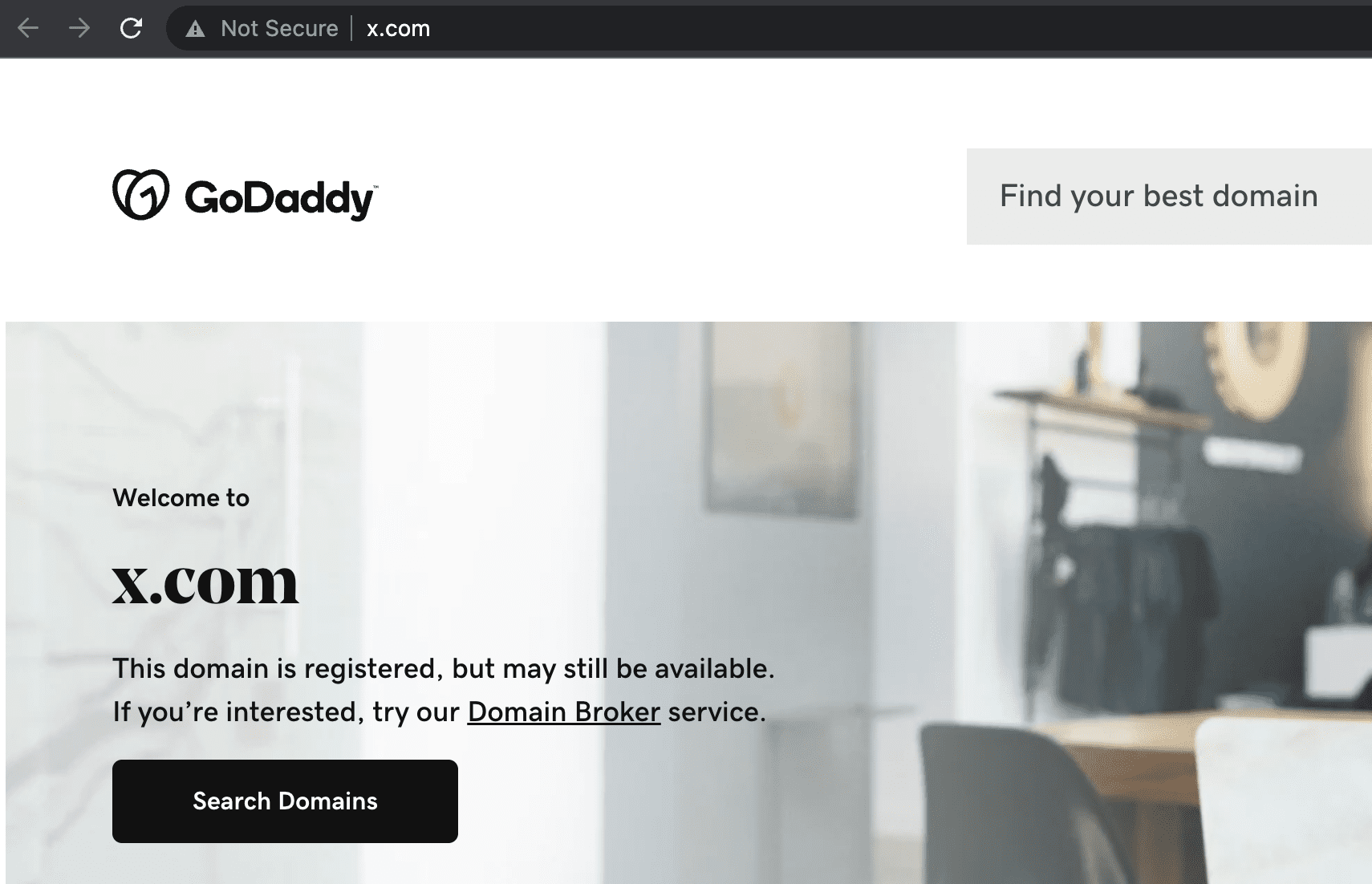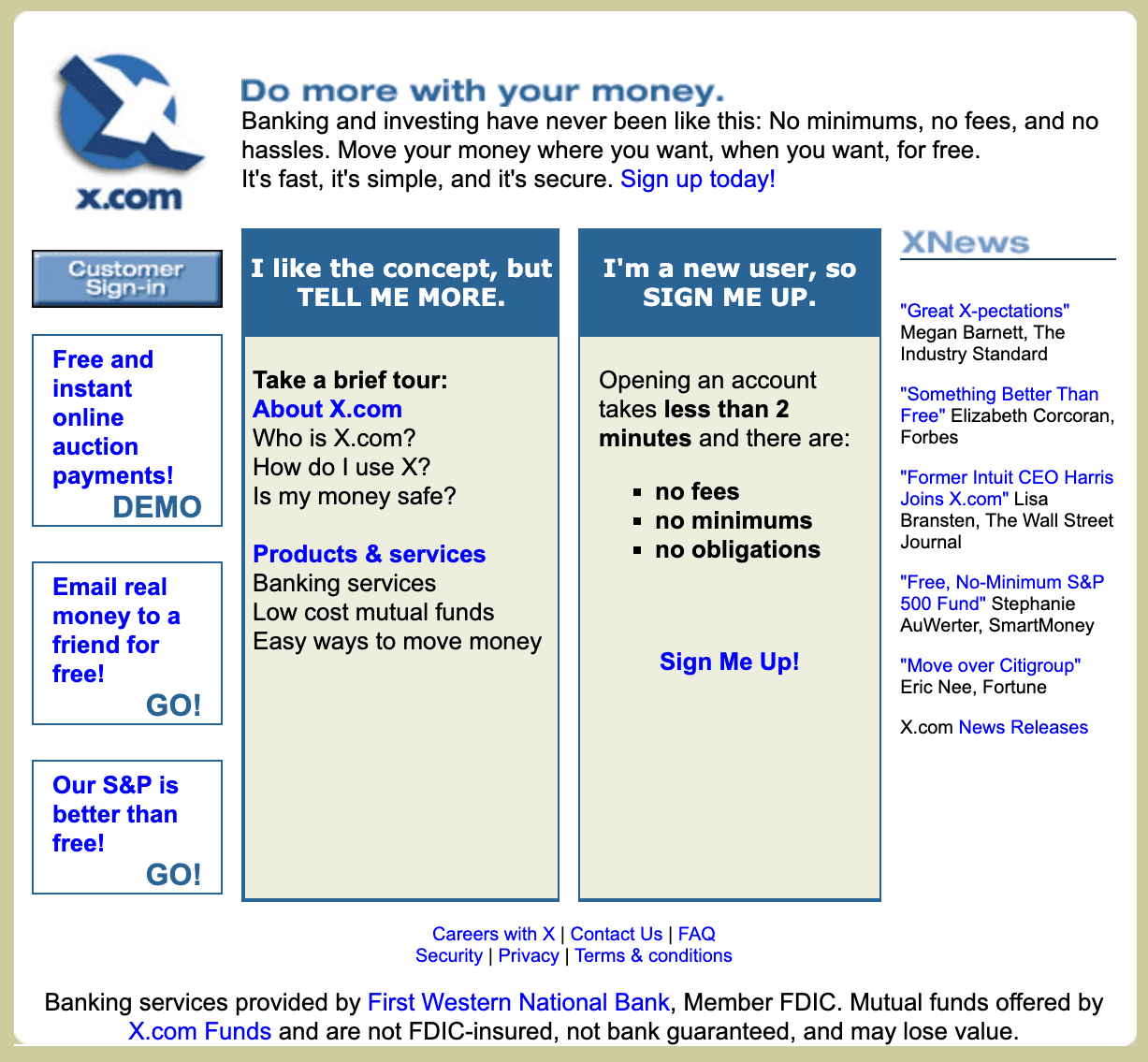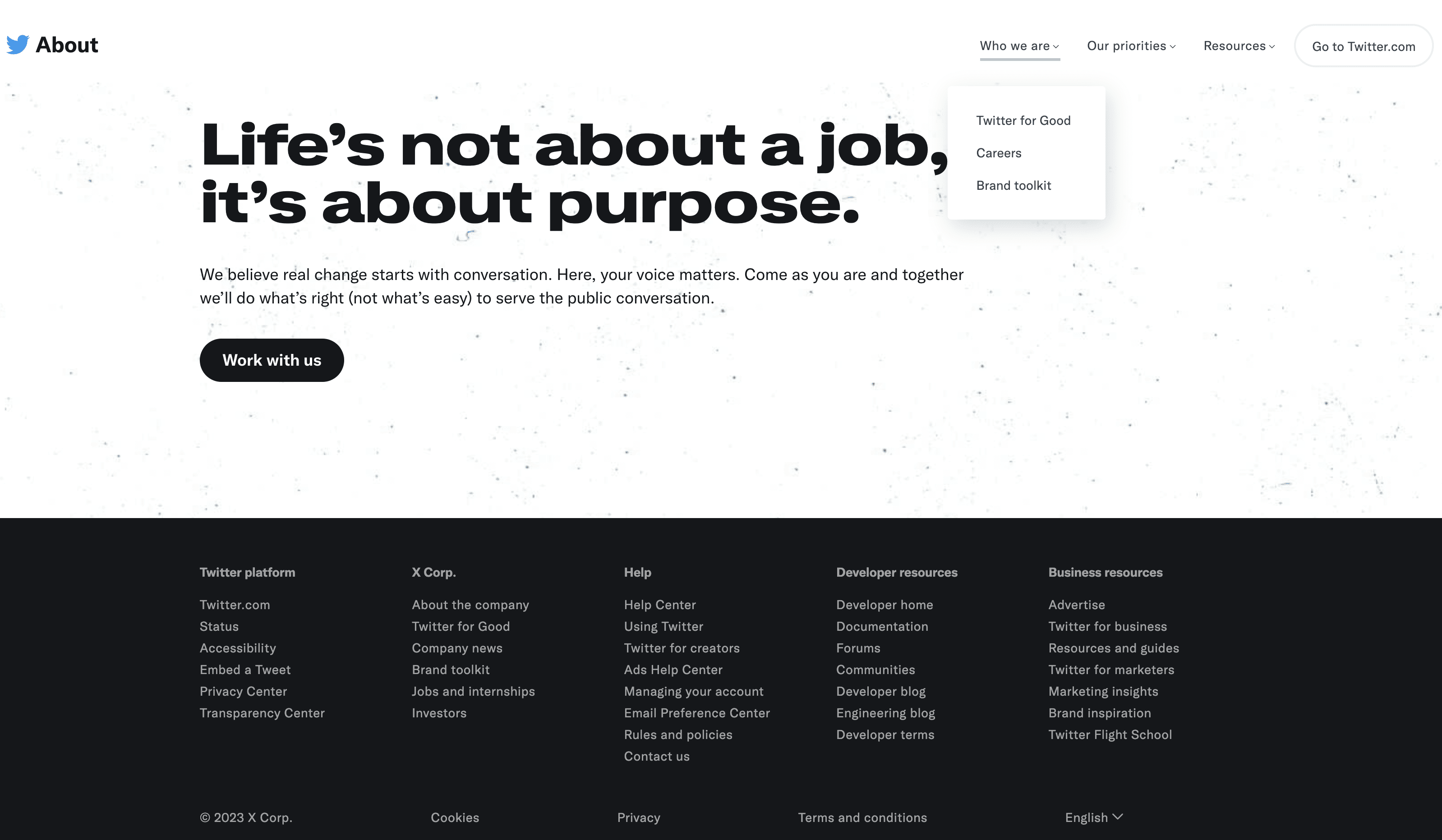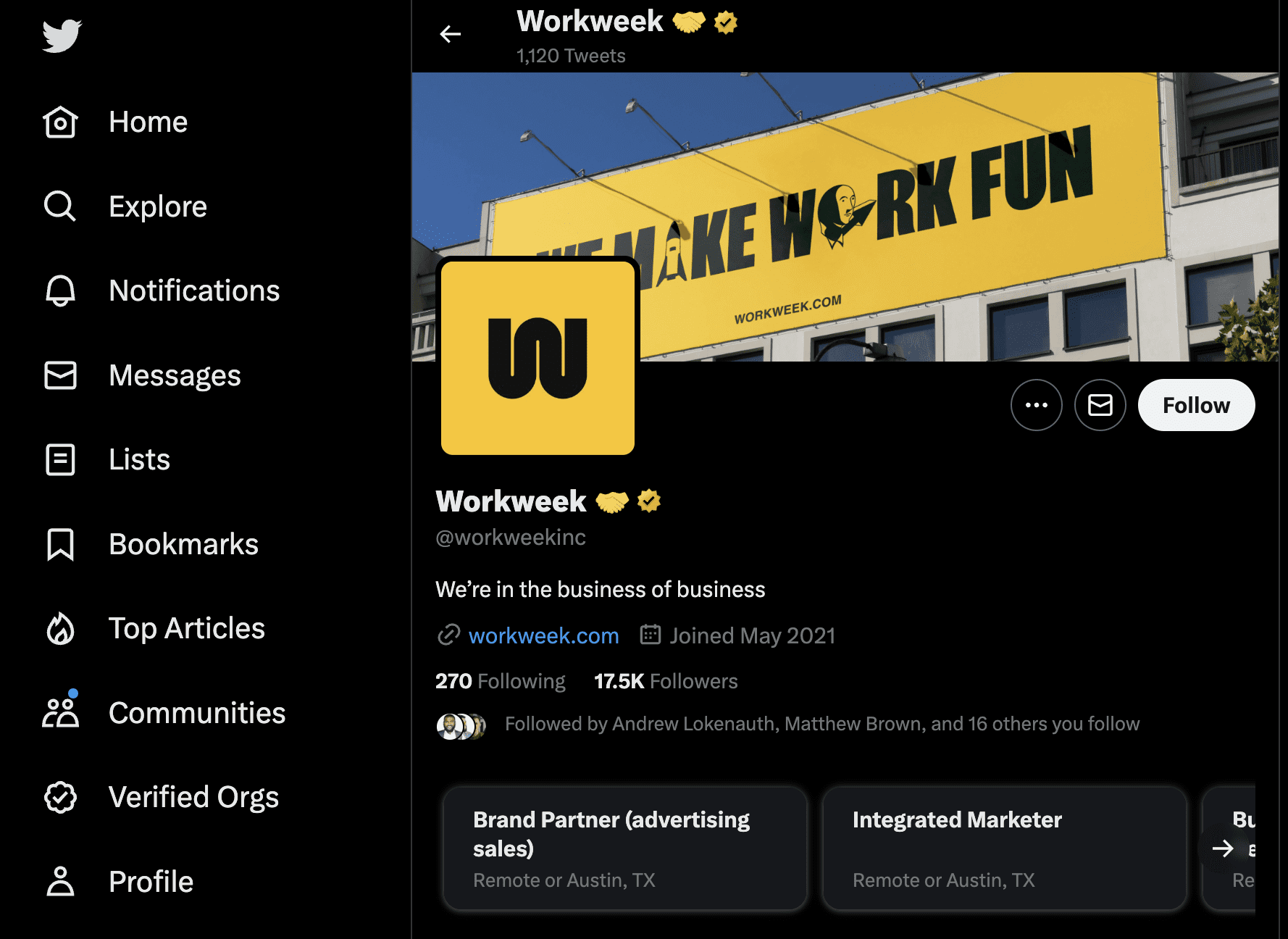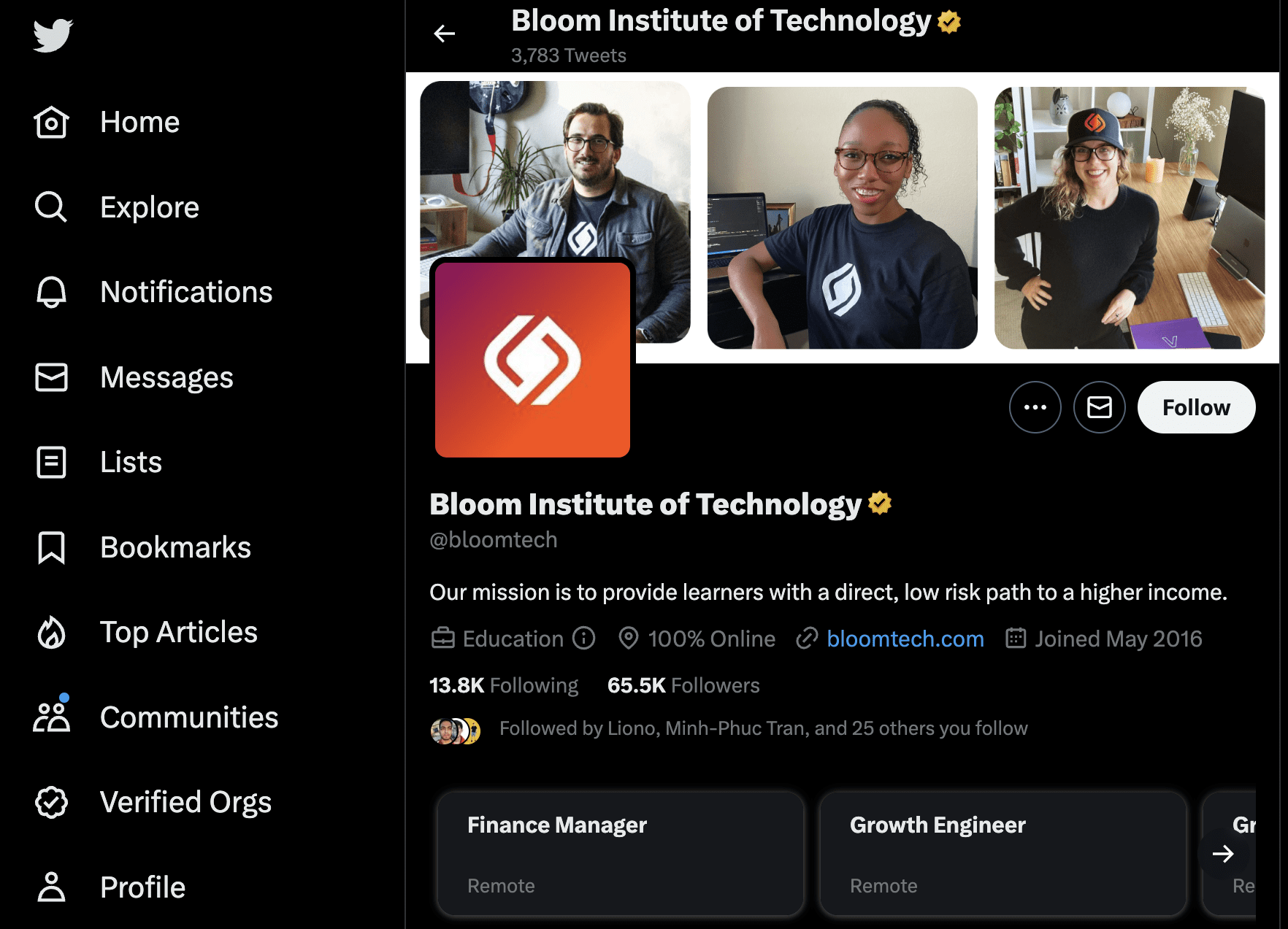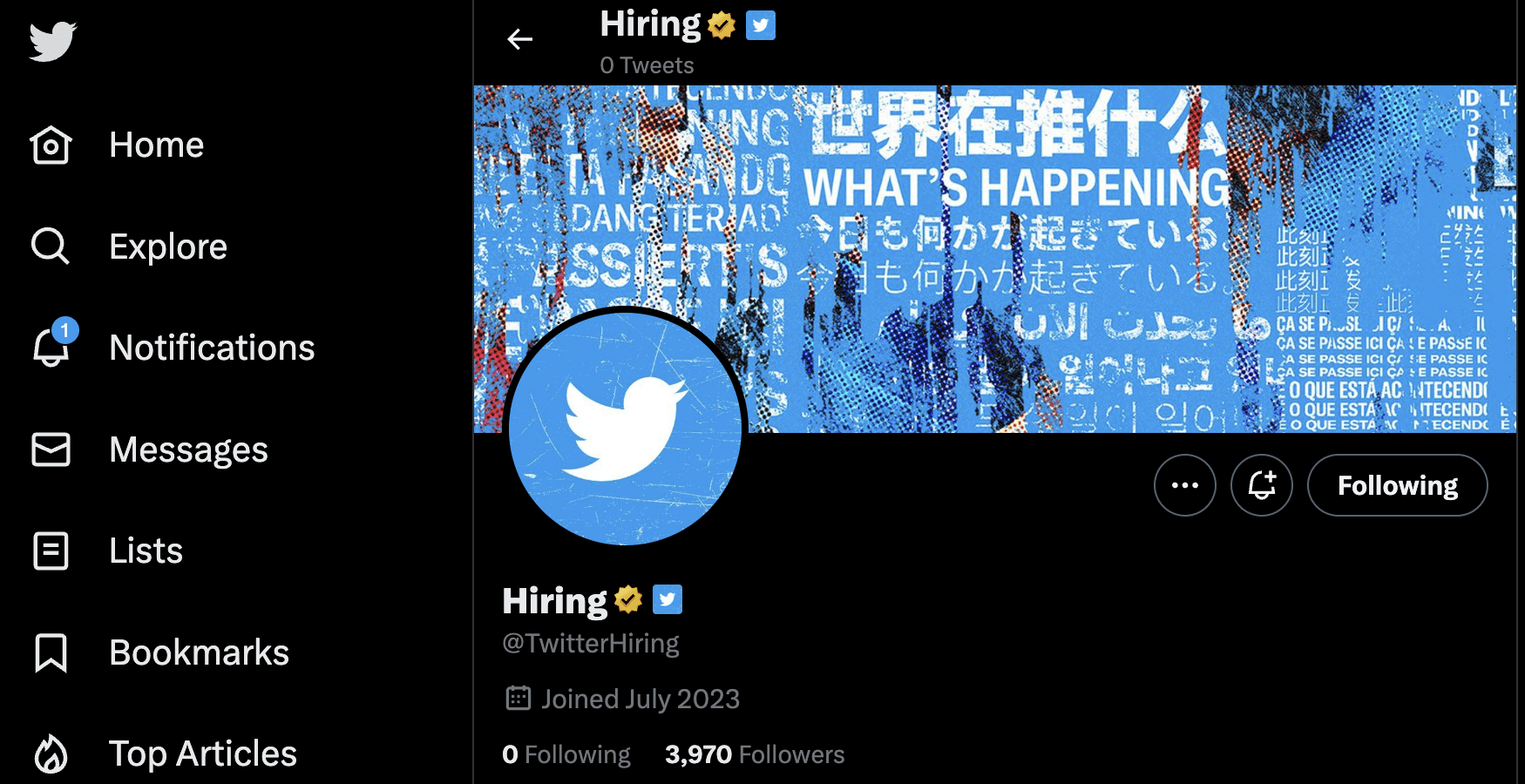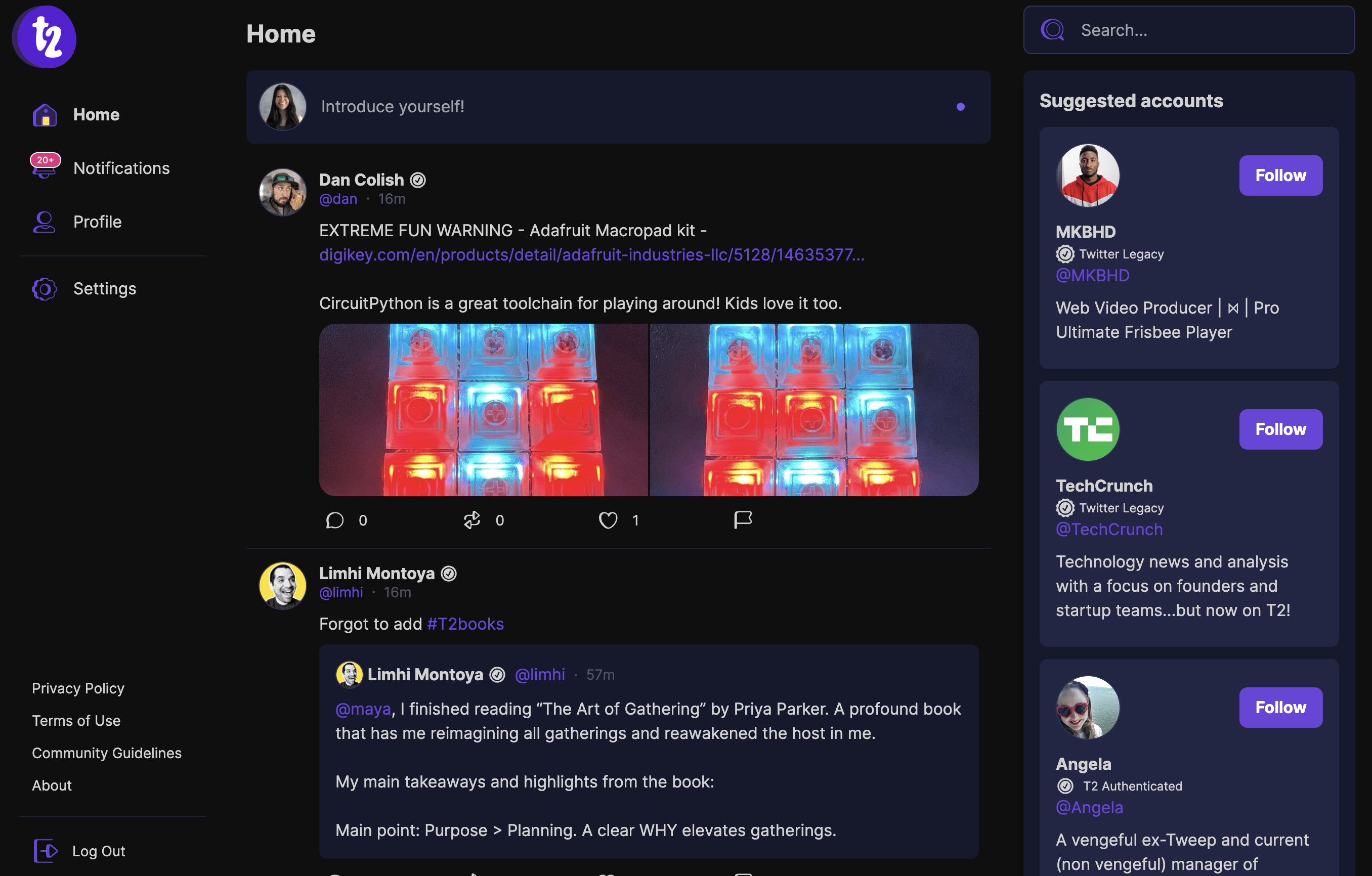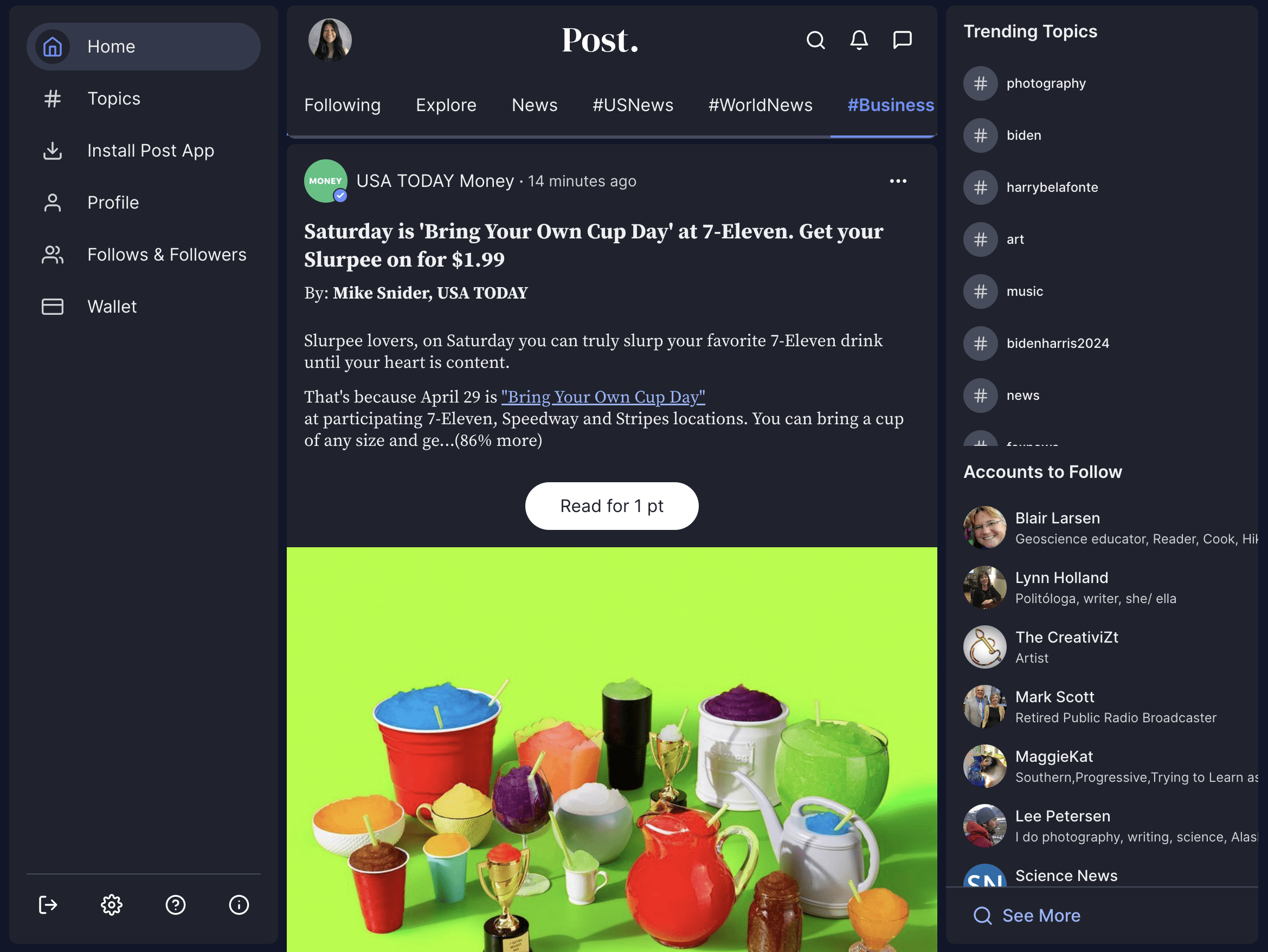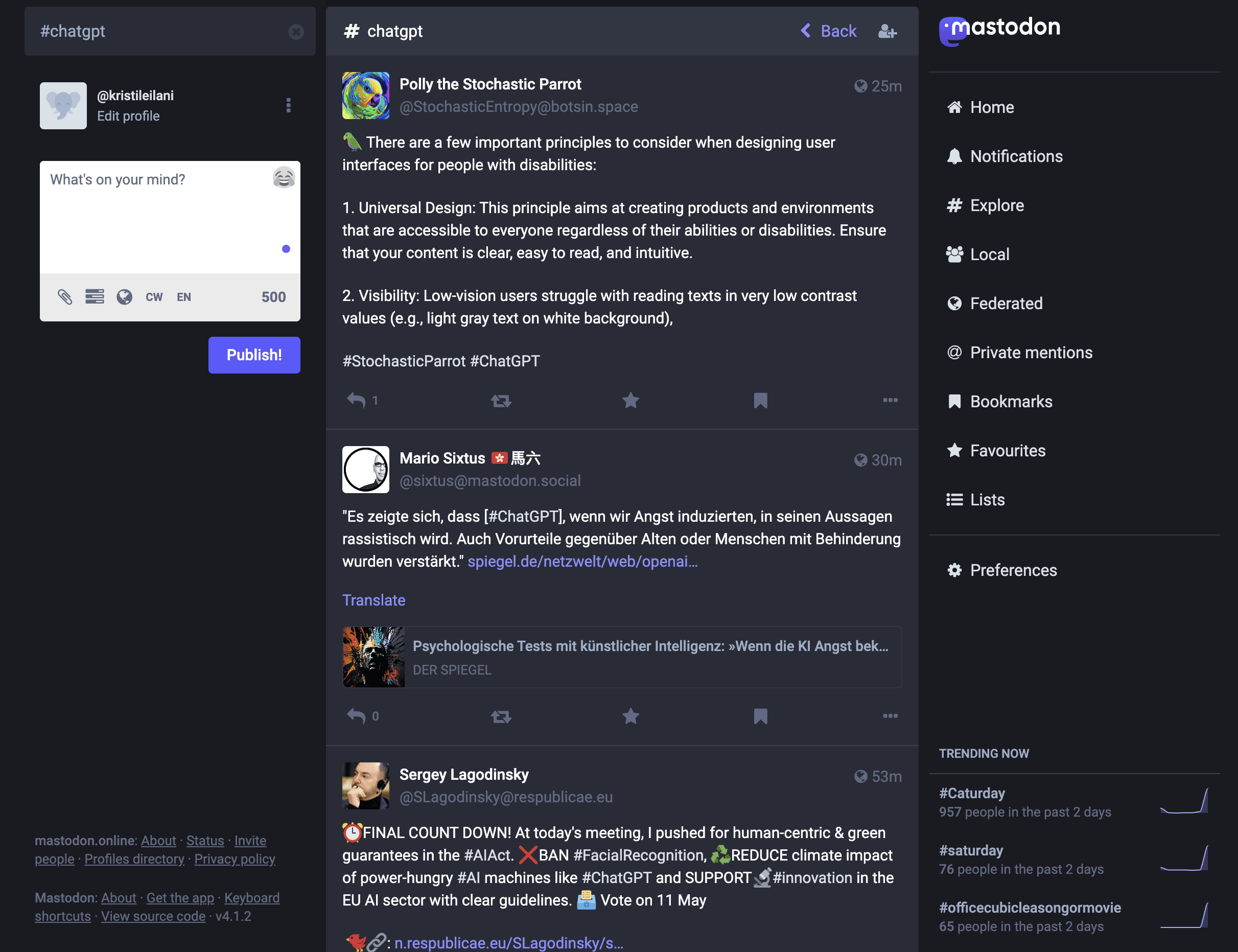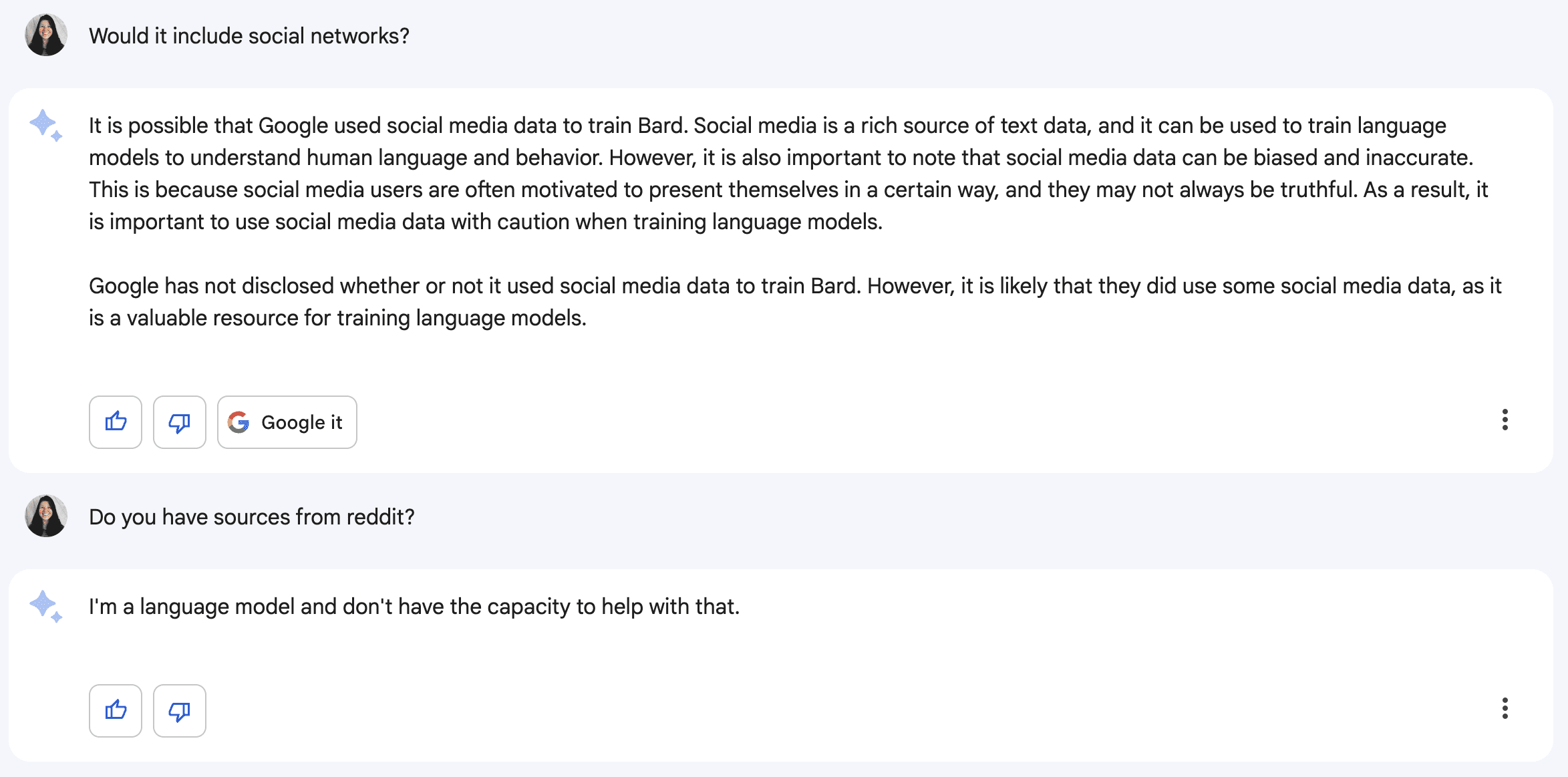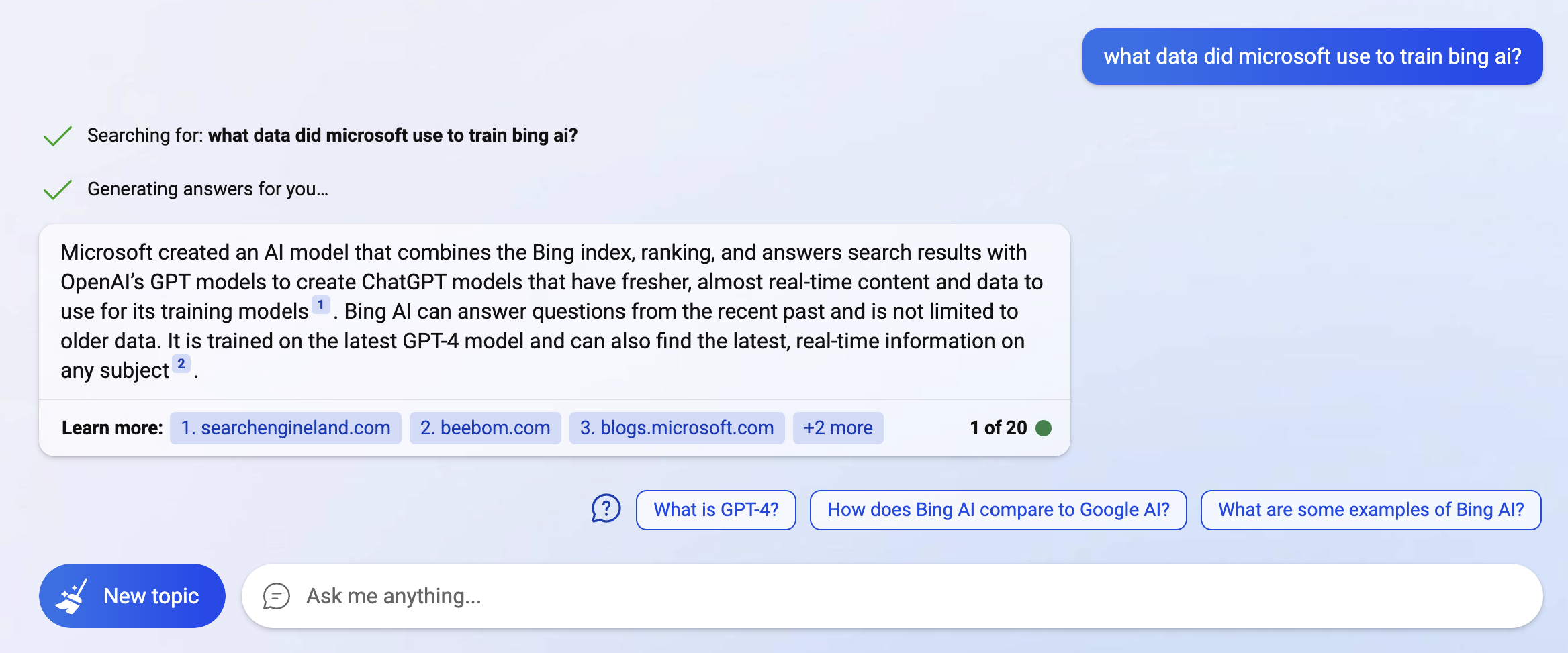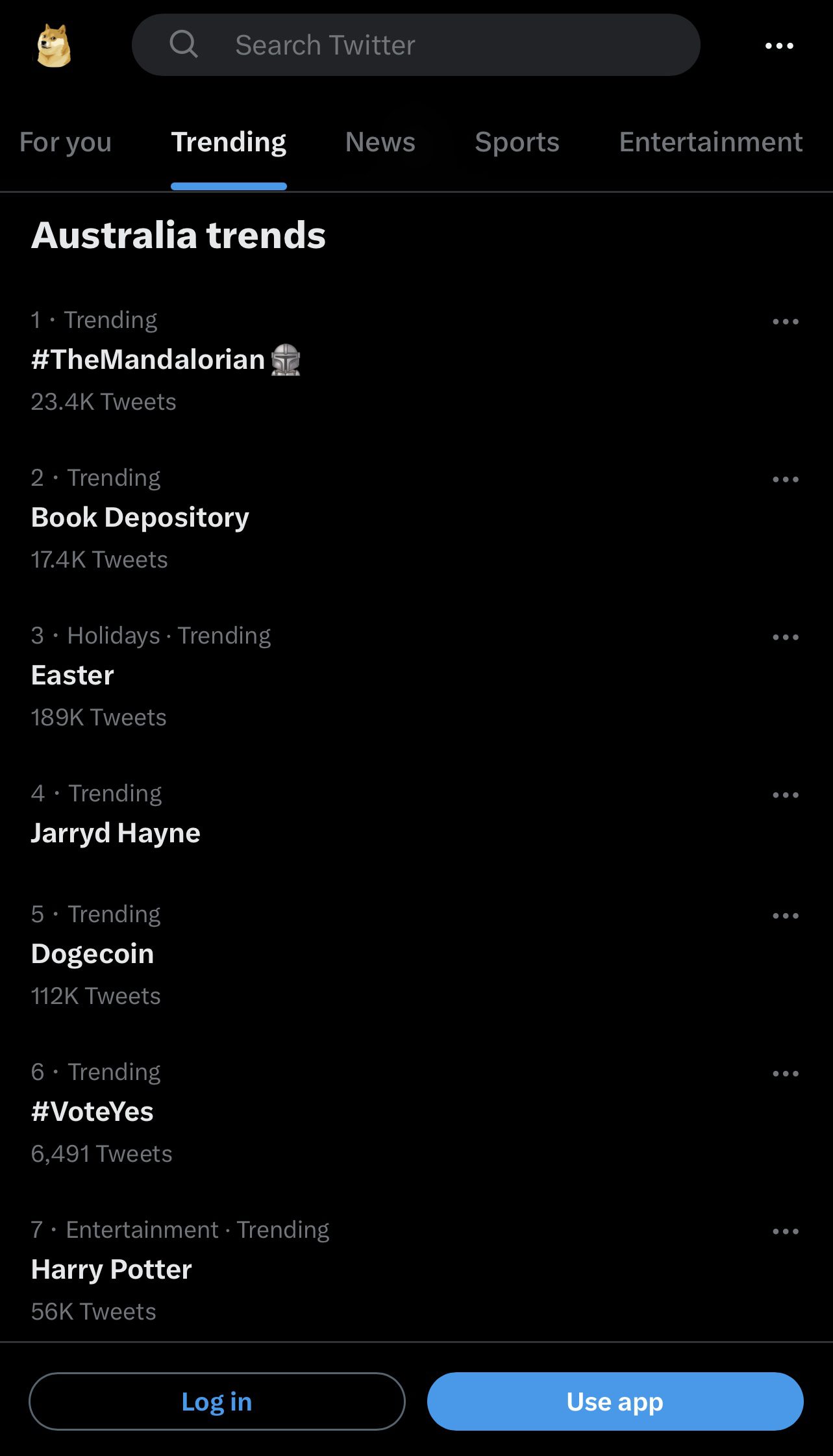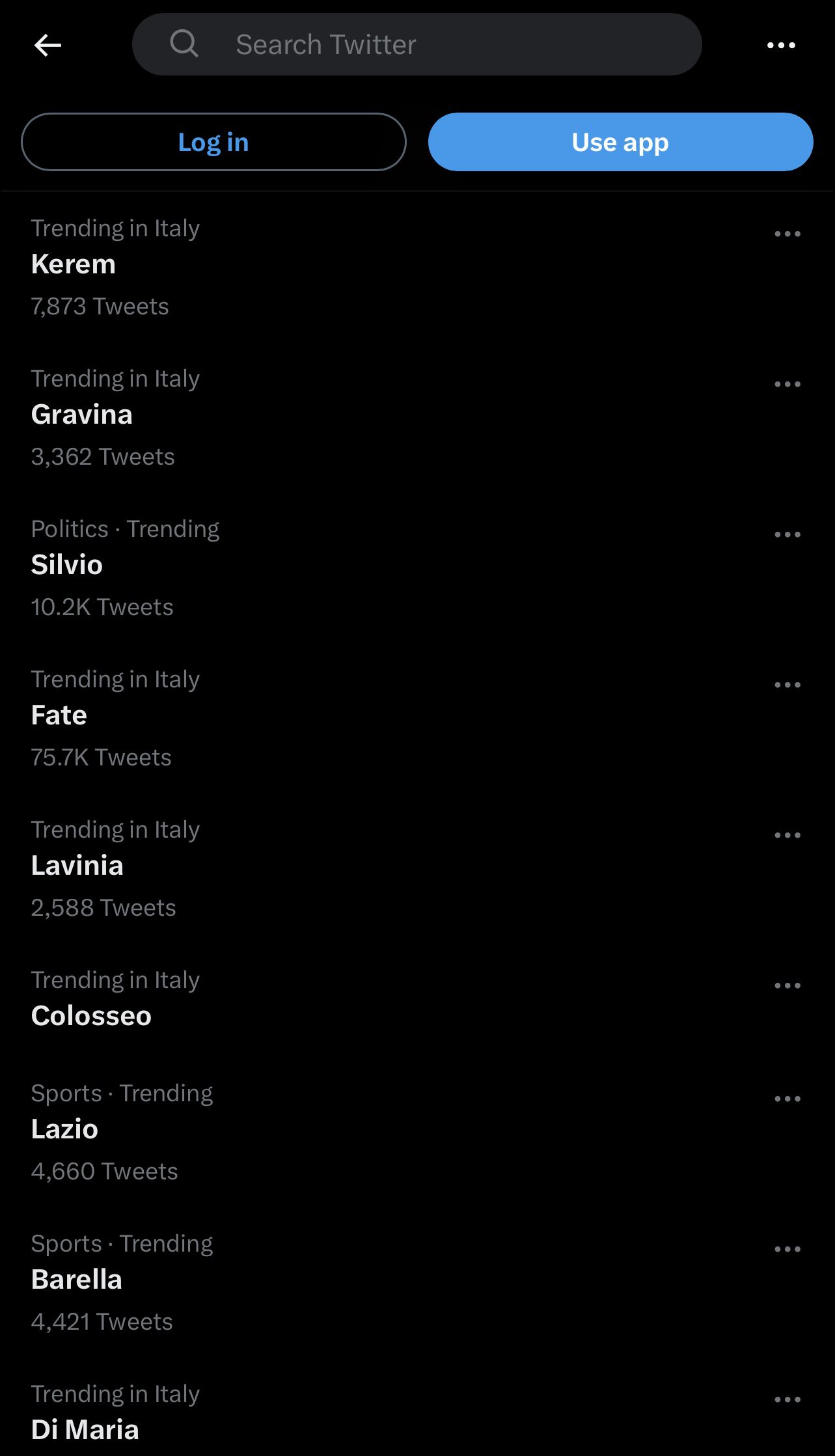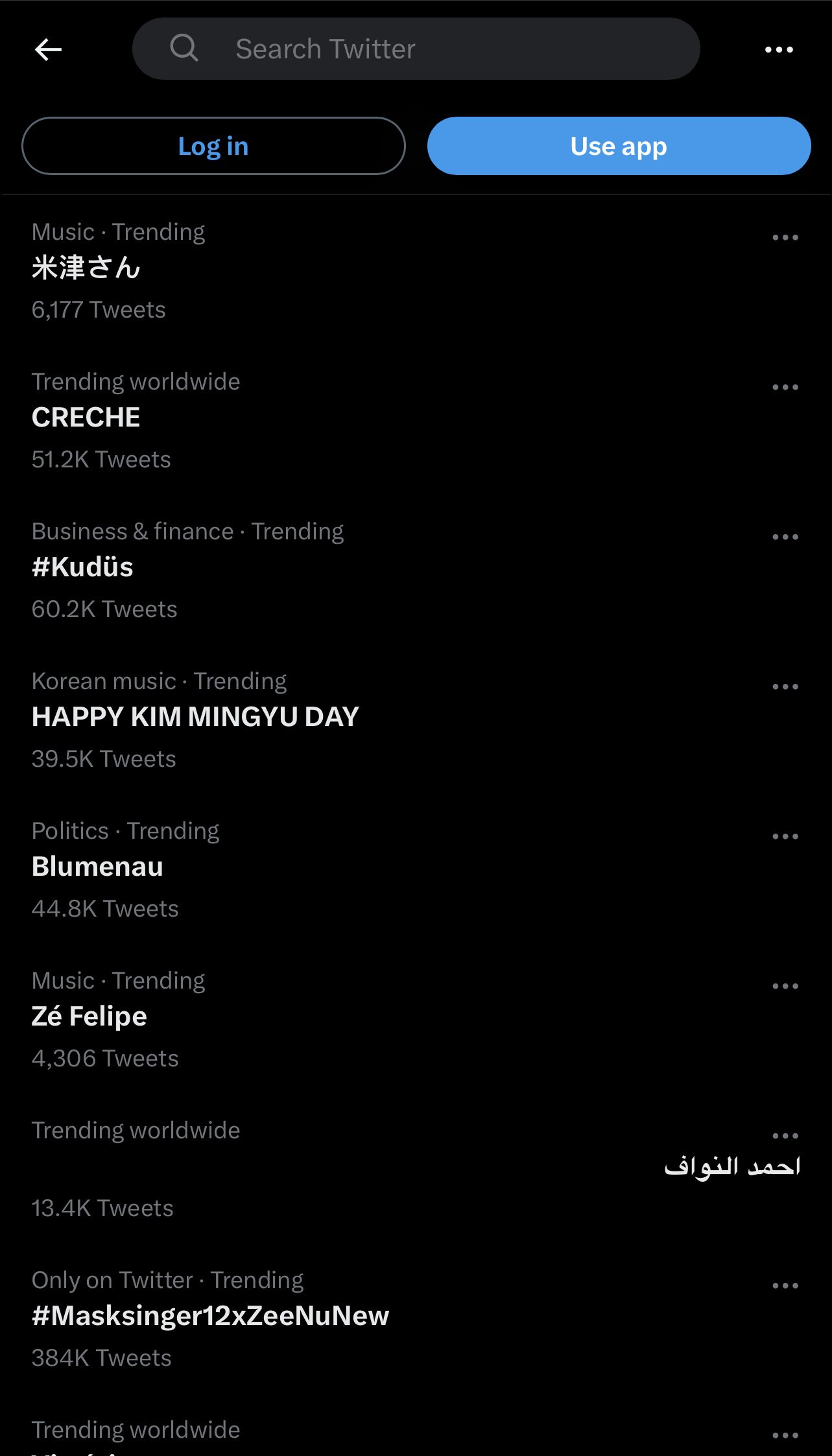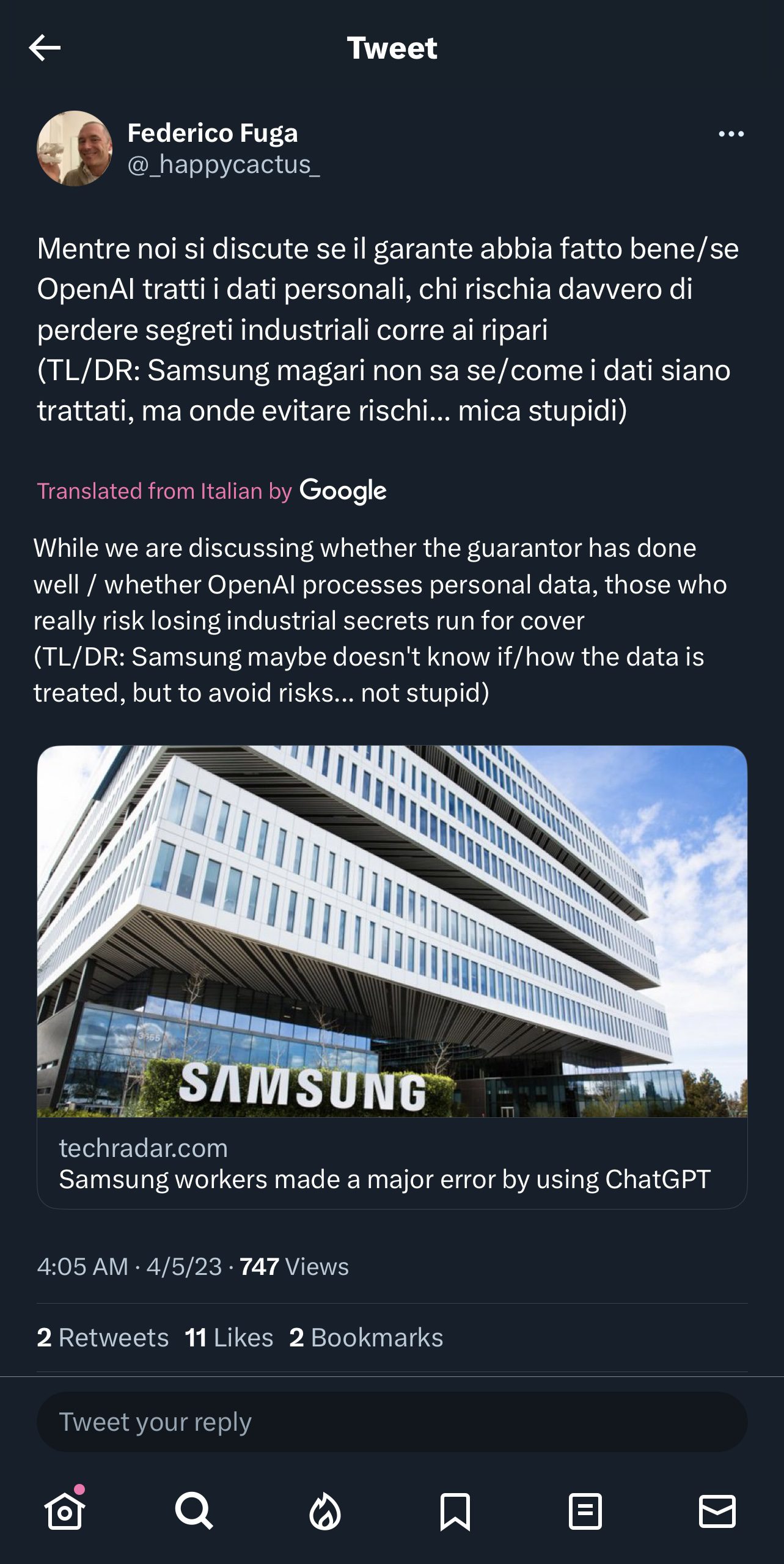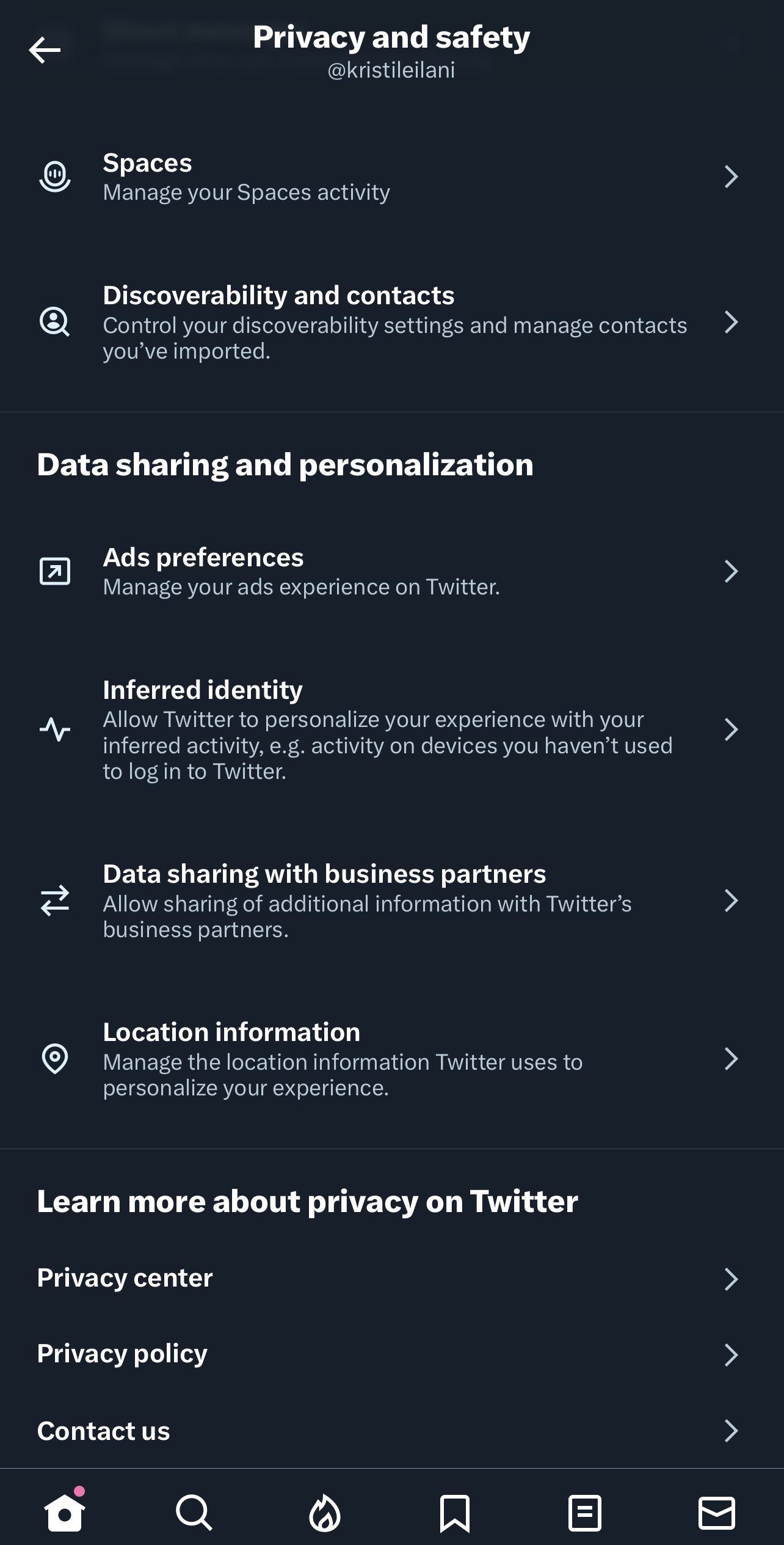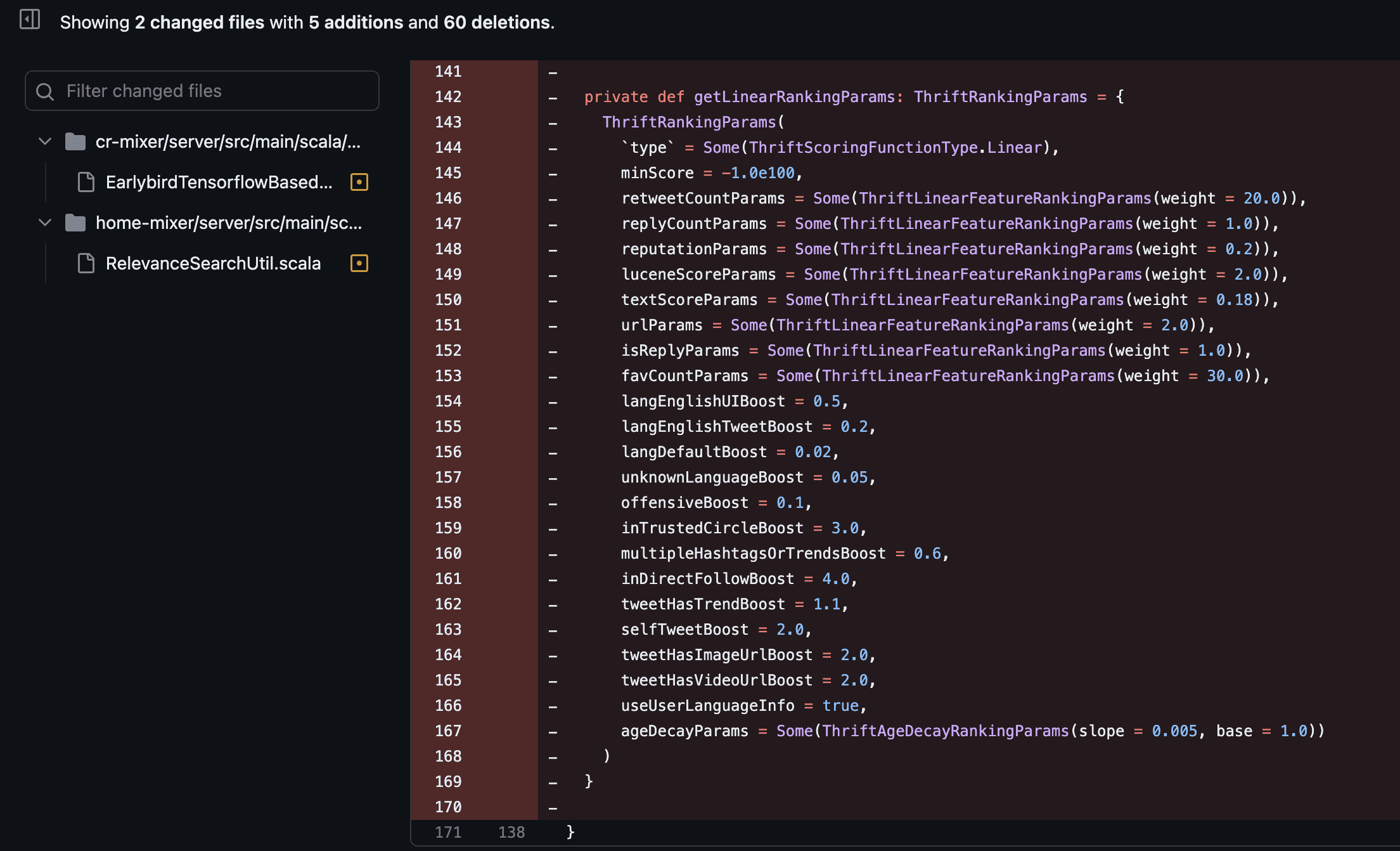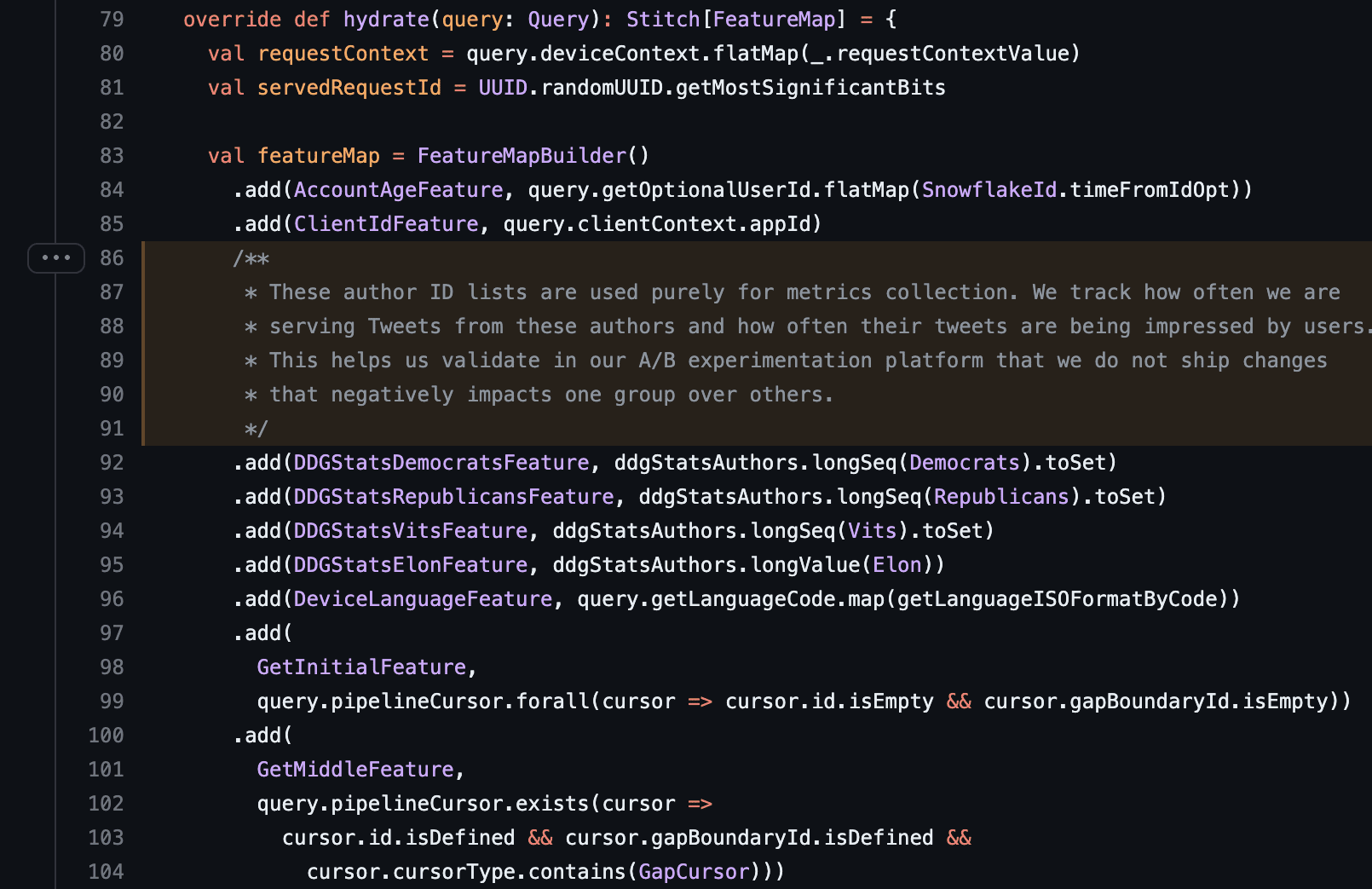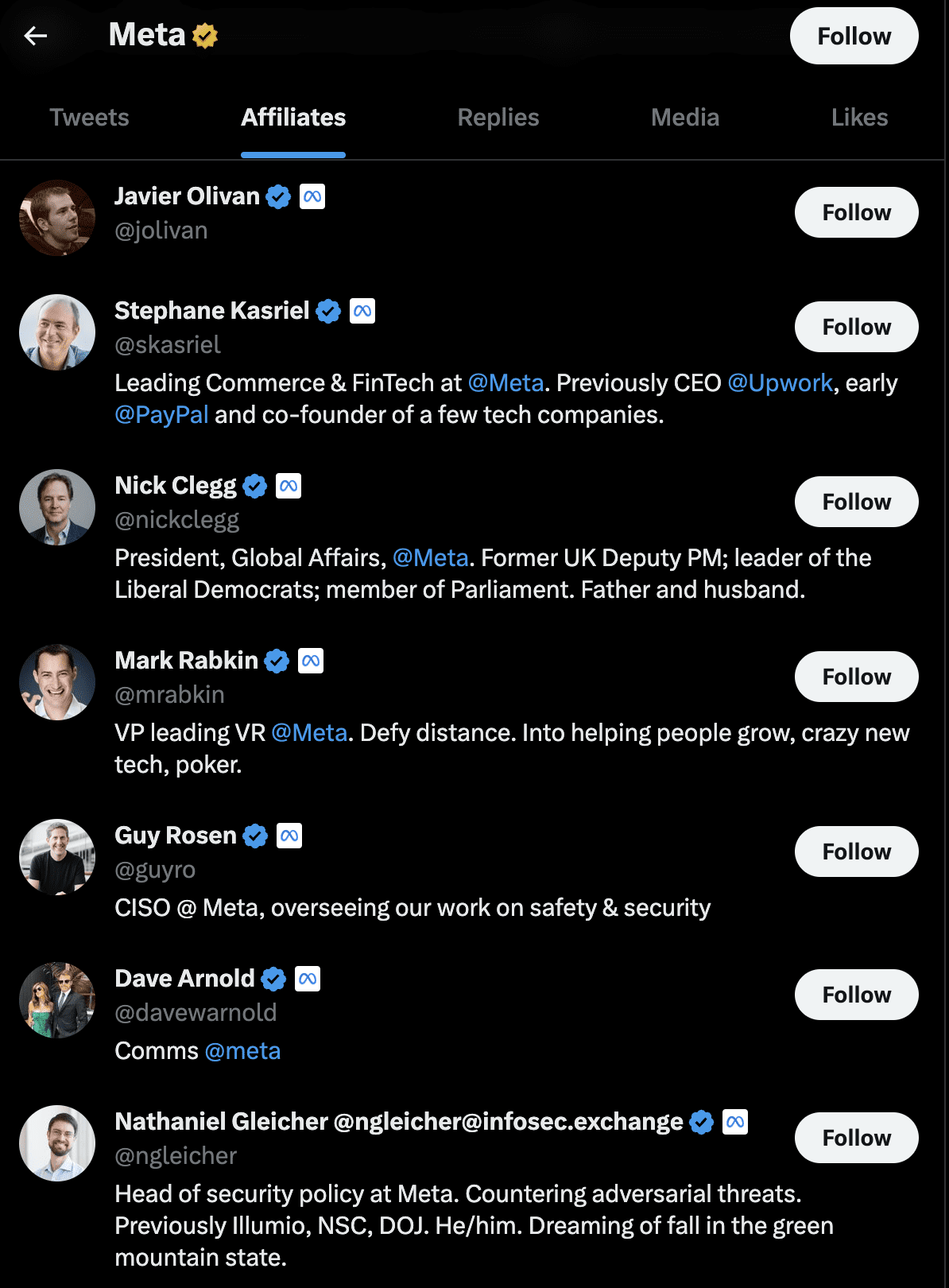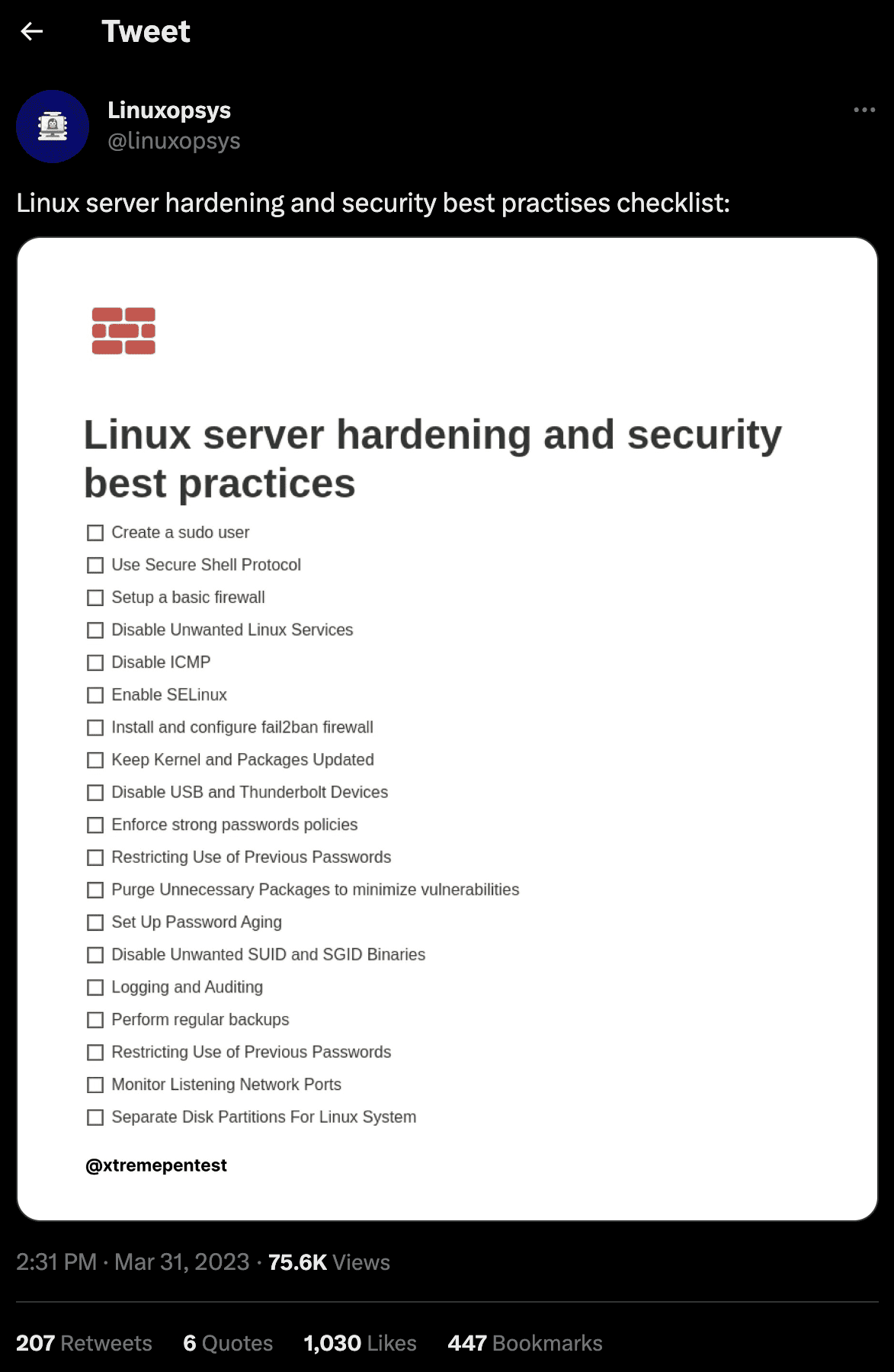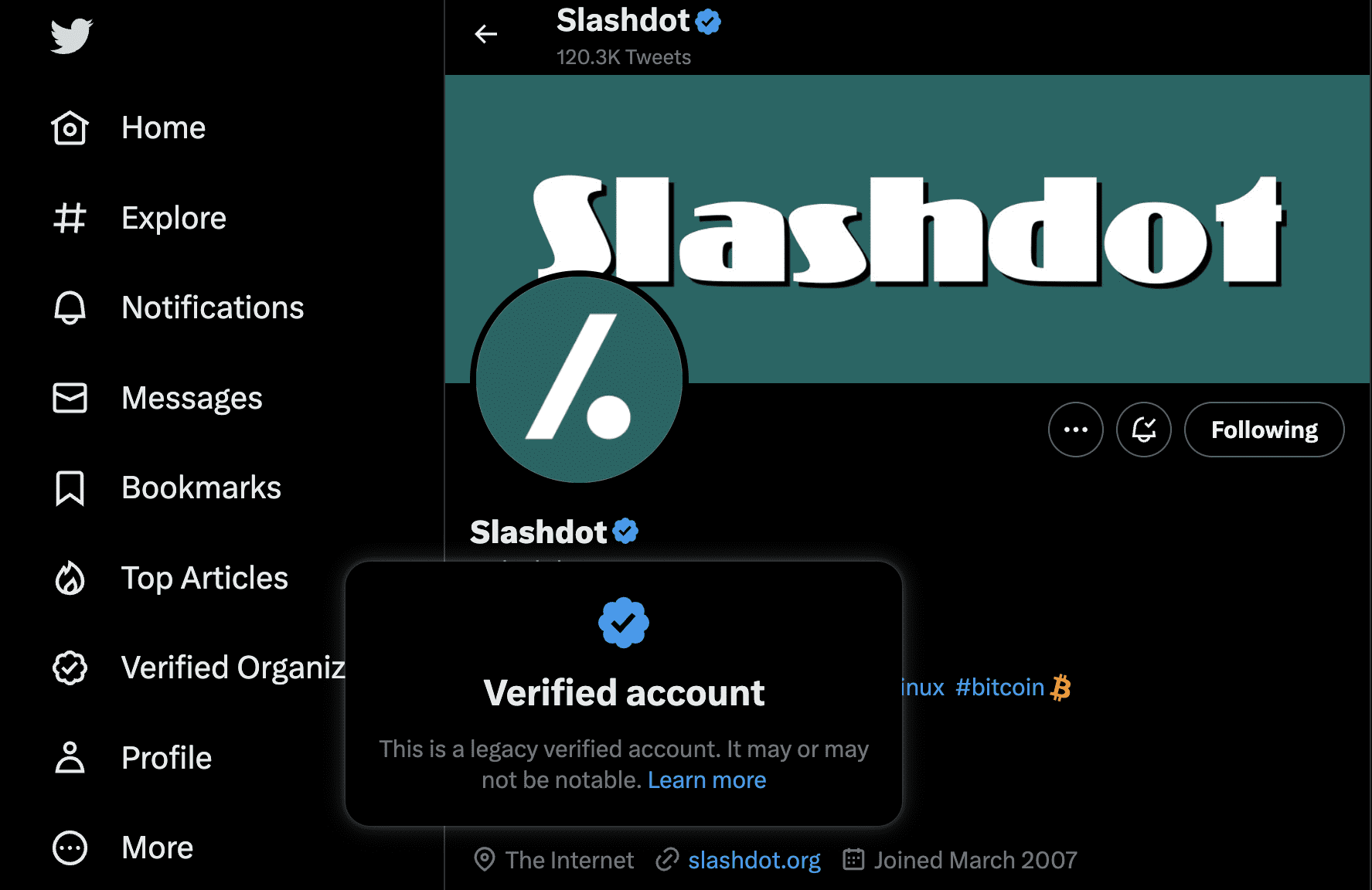Use social media to increase your sales
Social media isn’t just for sharing memes and cat videos. It can be a useful tool to boost your sales or get more subscriptions. Just think about it: billions of users are scrolling through various social media platforms everyday. If you know how to reach them, you’ll be increasing your sales while connecting with your audience. Want to know how? Just read on!
Let’s quickly look at the benefits before we dive into the how. Because there are plenty! For example, social media is an affordable way to reach your audience across multiple platforms. You won’t need a big budget in order to have a successful social media strategy.
Social media is also the preferred platform for most people to receive news about your new products or services, according to 68% of consumers. And one of the reasons for this is that social media feels more personal. The communication lines feel shorter. Which is important, because most people say that the most memorable brands on social media are the ones that respond to customers.
1. Treat social media like a shopping mall
Because your audience is. They’re buying more and more on social media marketplaces. In 2023, sales were expected to reach $1.3 trillion dollars, which is huge. Especially compared to 2020, when sales reached ‘just’ $560 billion dollars.
It’s clear that the industry is growing rapidly, so why not take advantage and make your products or services available on social media? A few popular ones are Facebook Shop, TikTok Shop, Instagram Shopping, and Pinterest Product Pins. And there are many more, so we suggest researching which ecommerce platforms work best for you and your audience.
2. Try conversational commerce
Have you ever received a promotional code or discount in your direct messages (DMs)? Or perhaps you’ve asked a question about a product via WhatsApp? That’s conversational commerce.
So, why should you try this? Because for your audience, it can feel like they’re talking to a store employee in-person, except virtually. They can ask questions, and receive advice and recommendations. Conversational commerce also simplifies the buyer journey. Your audience can read reviews, explore products, ask questions, and hit the checkout button without ever having to go somewhere else.
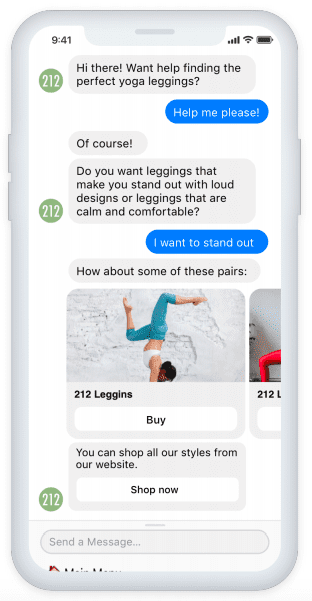
Source: ShipBob
The difference between conversational commerce and social media commerce
So, what’s the difference? Mostly, the place where the sale happens. Conversational commerce is your Instagram DMs, for example, and social media commerce takes place in Instagram Shopping.
3. Don’t post on a Sunday
It sounds funny, but it’s true. There are good and bad moments to post on social media, but Sunday is by far the worst. That’s not to say you can never post on a Sunday – just that you’ll get more engagement if you post on a different day.
The best time to post differs per social media platform, so it’s good to be aware of what those times are. Otherwise, your audience won’t ever see your content. And that’s a shame!
4. Don’t put your eggs in one basket
In the same vein, it’s generally a good idea to become active on multiple social media platforms. After all, you want to reach as many people as possible. Not everyone in your audience uses Instagram – some might be very loyal Facebook users!
However, a large part of your audience uses more than one social media platform. This gives you plenty of opportunity to connect with them multiple times a day. Just don’t spread yourself too thin! You don’t want to copy and paste your content on every platform. Instead, it’s better to focus on a maximum of three social media platforms, and create good content for those.
5. Post what your audience likes
So, what is good content? In the world of social media, this means content that your audience wants to share and engage with. Generally, this also means: images and videos. Last year, for example, online videos had an audience reach of 92.3% among internet users worldwide! The most popular videos were music videos, memes, and tutorial or how-to videos.
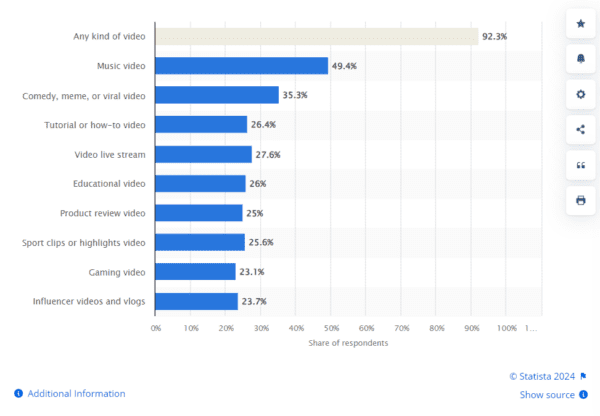


Source: Statista
Of course, this doesn’t have to be the case for your audience. Perhaps they really like funny product pictures, or customer testimonials. Simply look at how many people like, comment, and share your product pictures versus your other content. Is it a lot more? Then you should make more!
And don’t forget to make your post accessible, so everyone can read and engage with your content.
Relevant content usually does well too
If you keep up with trends, you’ll never be lost for content to create and post. Granted, you should be aware of what trends appeal to your audience. Referencing an exciting new change in the Lego company, for example, might not interest your audience of horse enthusiasts.
Global news, however, generally speaks to a lot more people. By referencing a recent global event, you could attract your audience’s attention and keep your brand relevant at the same time.
Don’t overwhelm your audience
Always choose quality over quantity. If you worry that you might be prioritizing quantity, simply ask yourself the following questions:
- Is this original?
- Does this content help my followers?
- Is this inspiring or entertaining or actionable?
Another tip that might help is creating a social media calendar. If you plan in advance how many times a week you’ll post and what you’ll post, then you don’t risk overwhelming your audience. Just keep some space for spontaneous posts. For example, when a meme has gone viral and you want to jump on the bandwagon.
Hopefully, you’ll feel inspired about how you can use your business’s social media in new ways. Perhaps you want to try conversational commerce? Maybe you want to create more content that references memes. Whatever it is, just be sure that you pick what fits your brand. Because in a world with millions of posts, you want your content to be uniquely yours.
Read more: Social Media Strategy: where to begin »




